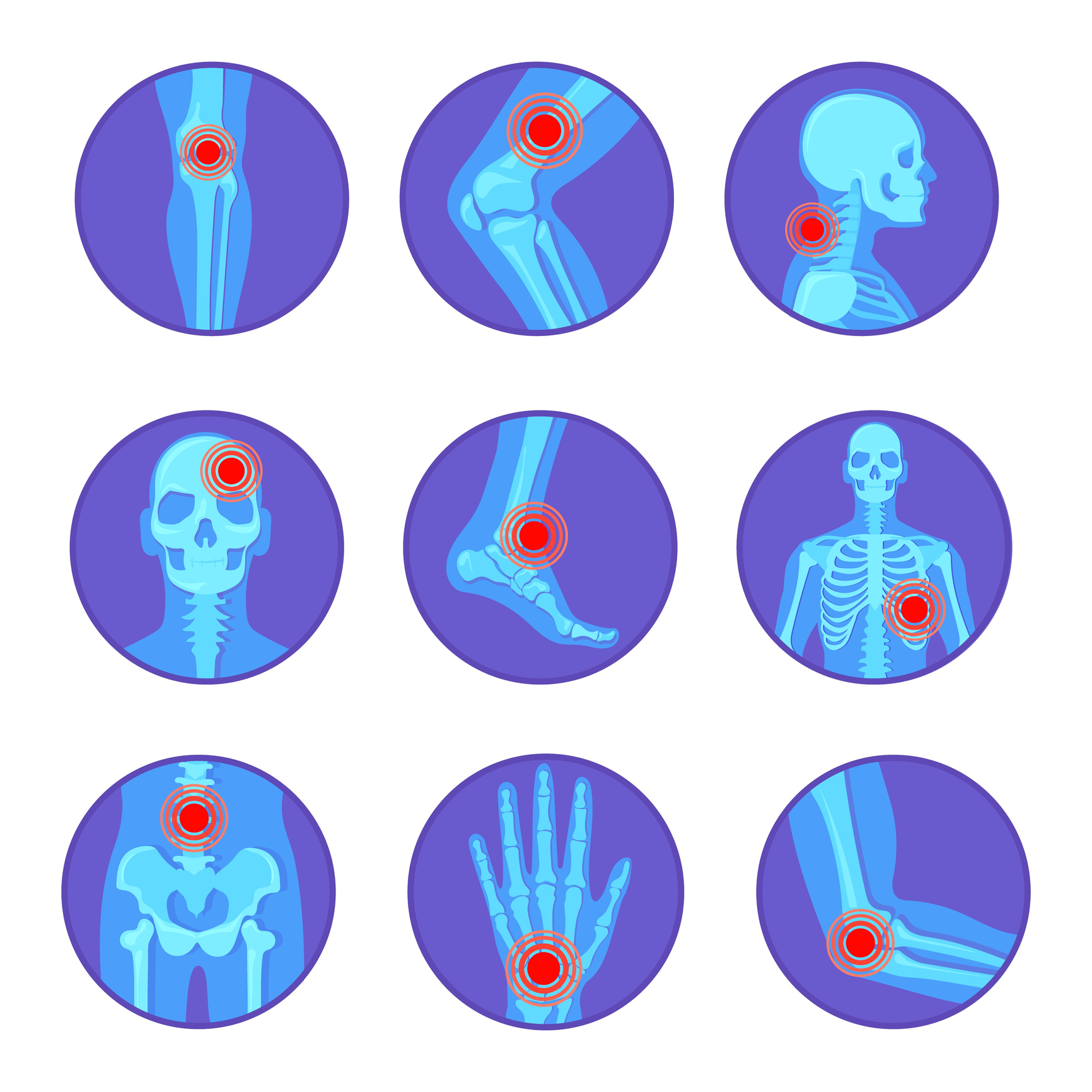Osteoarthritis (OA) is a chronic disease caused by joint inflammation. Its occurrence and development depend on a continuous inflammation environment. The activated M1 macrophages play a critical role in the inflammatory response of OA. Regulating the pro-inflammatory M1 to anti-inflammatory M2 macrophages in the OA articular cavity could be a rational strategy for OA treatment. It has been acknowledged that activated macrophages could proactively capture opsonized nanoparticles in the bloodstream and then accumulate into the reticuloendothelial system (RES) organs. Based on this fact, a trapping strategy is proposed, which transforms a normal nanoparticle into an opsonized attractant to target and regulate macrophage polarization. In this study, the opsonized nanoparticle (IgG/Bb@BRPL) had several key features, including an immunoglobulin IgG (the opsonized layer), an anti-inflammatory agent berberine (Bb), and an oxidative stress-responsive bilirubin grafted polylysine biomaterial (BR-PLL) for drug loading (the inner nanocore). In vitro studies confirmed that IgG/Bb@BRPL prefer to be phagocytosed by M1 macrophage, not M0. And the internalized IgG/Bb@BRPL effectively promoted macrophage polarization toward the M2 phenotype and protected nearby chondrocytes. In vivo studies suggested that IgG/Bb@BRPL significantly enhanced therapeutic outcomes by suppressing inflammation and promoting cartilage repair while not prolonging the retention period compared to non-opsonized counterparts. This proof-of-concept study provided a novel opsonization trapping strategy for OA drug delivery and treatment.Copyright © 2021. Published by Elsevier B.V.
Opsonized nanoparticles target and regulate macrophage polarization for osteoarthritis therapy: A trapping strategy.


